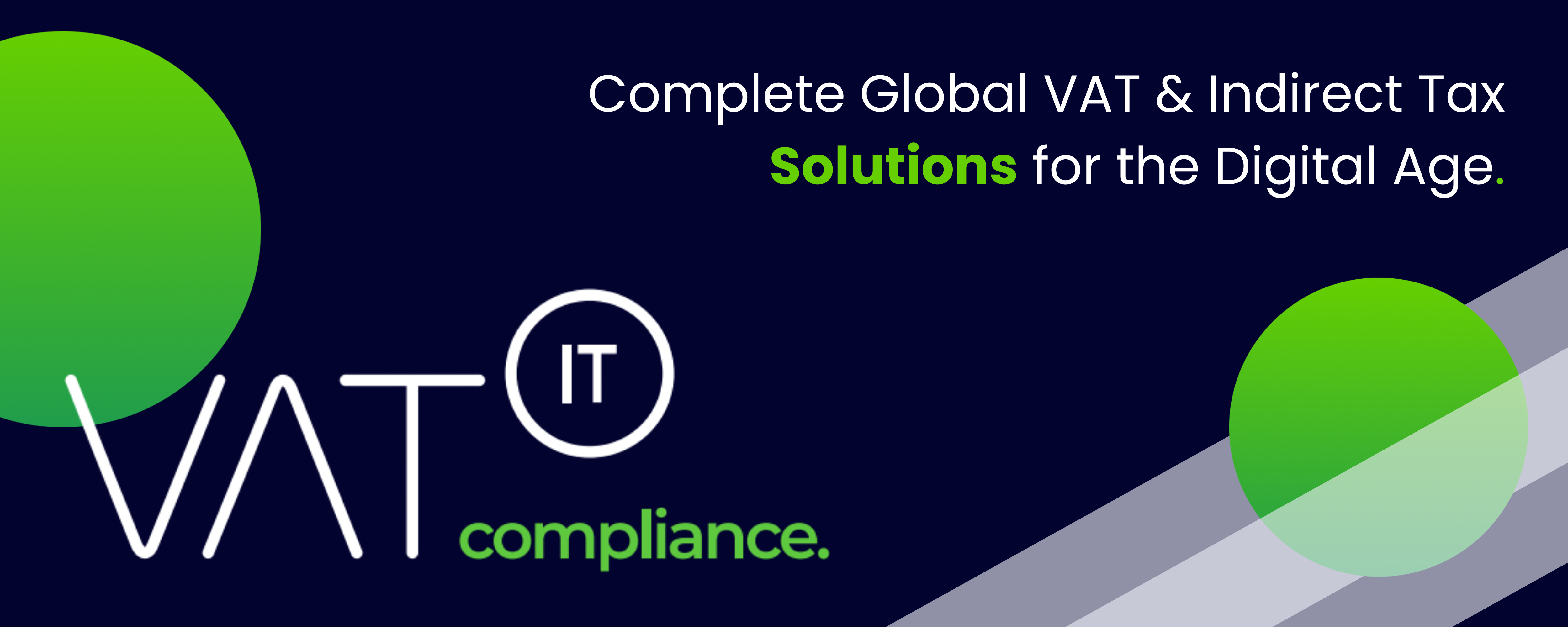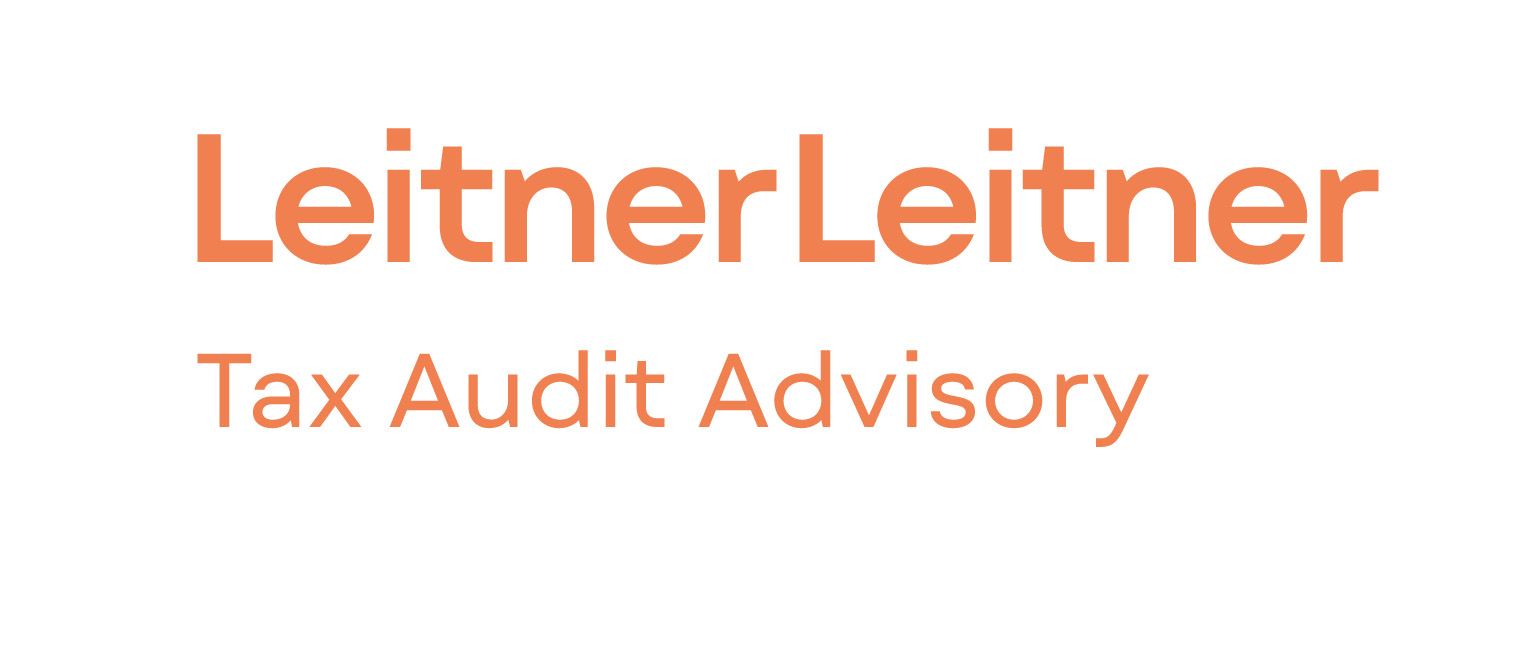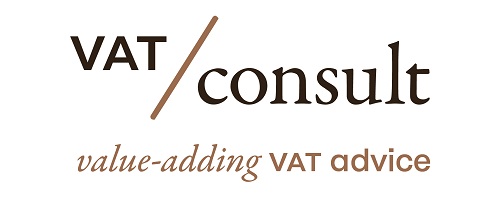- Introduction of CBAM: The EU’s Carbon Border Adjustment Mechanism (CBAM) imposes a tax on embedded emissions for imports of specific goods, including iron, steel, aluminum, fertilizers, cement, hydrogen, and electricity, aiming to create a level playing field between EU and non-EU producers.
- Transitional Period and Compliance Requirements: Currently in its transitional phase, CBAM requires importers to report emissions data without fees until January 1, 2026. After this date, importers will need to pay fees based on embedded emissions, with a proposal to simplify compliance by raising the de minimis threshold for small importers.
- Future Developments and Business Preparedness: The CBAM is subject to further amendments and implementing acts aimed at reducing administrative burdens and clarifying compliance obligations. Businesses should assess their exposure, engage with suppliers for accurate emissions data, and stay informed about regulatory changes to ensure compliance and avoid penalties.
Source Ashurst
Latest Posts in "European Union"
- EU VAT Guide: Disbursements vs Recharges Classification and Tax Implications
- Hungary’s Carbon Tax Conflicts with EU Emissions Trading System Directive 2003/87
- EU VAT Compliance: B2C Distance Sales Rules and €10,000 Threshold Guide
- EU Parliament Backs Tax Code Simplification to Boost Economic Growth
- Roadtrip through ECJ Cases – Focus on “Liability to pay VAT – VAT shall be payable by any person who enters the VAT on an invoice” (Art. 203)














